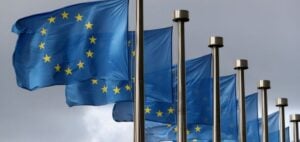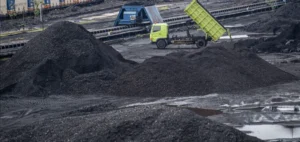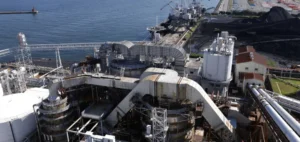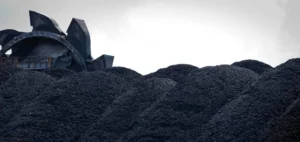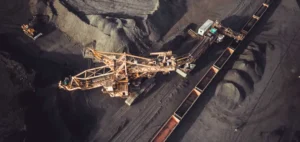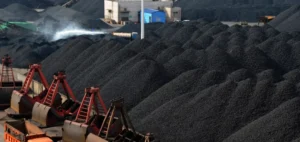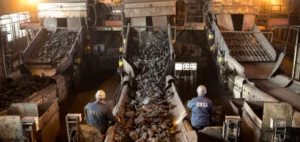On April 23, 2024, former miners marked the 20th anniversary of the closure of La Houve, which ceased operations in 2004 after three centuries of mining. Serge Wernet, president of the amicale des mineurs-sapeurs and a former employee of the mine from 1977 until its closure, describes the day not as an anniversary but as a “commemoration”, highlighting the deep attachment to this former industry and the need to preserve its memory.
La Houve: a place of solidarity and challenge
At La Houve, which had up to 2,500 employees at its peak, far fewer than the 5,000 to 5,500 at Freyming-Merlebach, Wernet recalls a hostile yet united environment, where solidarity among miners was palpable. He recalls the daily challenges, such as the hour-long journey to the site from the shaft, due to the poor quality and remoteness of the deposits.
Social issues and the end of an era
Bernard Starck, a former electromechanic at La Houve, recounts the growing tension from the 1980s onwards, when the closure of the mines seemed inevitable. Despite a “Coal Pact” in 1994 offering job guarantees and benefits such as free housing, the closure was a “heartbreaker” for those who worked there. This pact symbolized national recognition for the contributions made by miners to France’s economic development.
The transformation of Creutzwald and the memory of the mine
Jean-Luc Wozniak, mayor of Creutzwald, explains how the closure prompted the region to diversify economically, with new business parks and industrial development. However, the physical disappearance of the shaft, completely razed, remains a sore point for the community, which keeps the mine “in its heart”. The mayor also stresses the long-term consequences for miners’ health, with diseases such as silicosis and cancers still in dispute.
So, twenty years after its closure, the Houve mine continues to define Creutzwald, both in terms of its industrial heritage and the health and social challenges the community continues to navigate.



